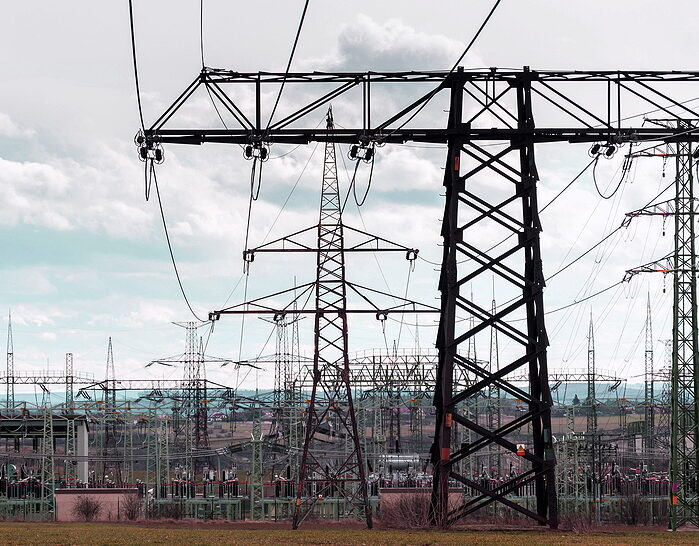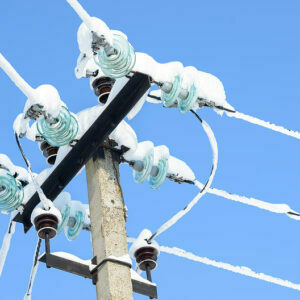TOMB: Shapiro Energy Policy Is a Formula for Expensive Electricity

Pennsylvania voters are increasingly concerned about rising energy costs. According to recent polling, 80 percent of Pennsylvanians say their utility bills have climbed over the past two years, with 34 percent saying their bills jumped “a lot.”
Yet, the experience of other states shows Gov. Josh Shapiro’s preferred policies practically guarantee increased electricity prices.
Currently, Pennsylvania’s electricity prices are in the middle of the pack. A report by the American Legislative Exchange Council (ALEC) found the commonwealth’s average price is 9.97 cents/kilowatt-hour—the 26th most expensive. ALEC based its state rankings on a weighted average electricity price drawn from the rates of four sectors: residential, industrial, commercial, and transportation.
Most of Pennsylvania’s neighboring states—including New York, New Jersey, Delaware, and Maryland, plus all six of the New England states—have higher energy prices. Obvious reasons exist for Pennsylvania’s favorable pricing position in the region. For one thing, the Keystone State has abundant coal and gas and substantial nuclear power assets, generating enough surplus electricity to make Pennsylvania the country’s top kilowatts exporter.
However, the ALEC report points to another reason: The 10 northeastern and Mid-Atlantic states with higher prices than Pennsylvania all have Renewable Portfolio Standards (RPS) and a carbon tax imposed through the multi-state Regional Greenhouse Gas Initiative (RGGI).
Californians pay the highest electricity prices at 19.65 cents, followed by Massachusetts, Rhode Island, Connecticut, and New Hampshire. And all these states impose a carbon tax and RPS mandates.
“In contrast, the three states with the lowest electricity prices—Idaho, Wyoming, and Utah—avoid RPS mandates and cap-and-trade programs,” the report notes. Idaho’s rate of 8.17 cents is the lowest in the country.
Last year, the Commonwealth Court blocked Pennsylvania’s entry into RGGI. Also, Pennsylvania’s current RPS, so far, requires alternative energy sources to comprise a relatively modest 18 percent of electricity sales. Eschewing RGGI and keeping uneconomical energy to a minimum will keep prices lower.
Unfortunately, Shapiro displays more tenacity than good sense with his recently unleashed bevy of bad policies. The governor appealed the judicial block of RGGI, called for the enactment of Pennsylvania’s version of a carbon tax, and proposed to more than double its mandate for the kind of energy that customers must buy.
Any one of these attempts at energy policy by the governor will hit consumer pocketbooks hard, according to the relationship shown between electricity prices and government mandates in the ALEC report.
“Previous data showed that states could have up to an 11 percent increase in electricity costs due to the implementation of an RPS alone,” said ALEC.
The report continues: “In the 48 contiguous states, the 16 with the highest electricity prices all have an RPS in place, as do 18 of the highest-priced 20 states. Similarly, with the exception of Virginia, each of the states in the RGGI or another cap-and-trade program is within the 15 states with the highest prices of electricity.”
Two adjacent border states, Ohio and West Virginia, boast lower electricity prices. As does Pennsylvania, these states have substantial energy resources. Moreover, neither has a carbon tax, and only Ohio mandates RPS. Yet, sadly, Shapiro prefers the paths of the high-cost states, like California and New York, over those taken by Pennsylvania’s two growing neighbors.
Shapiro’s penchant for forcing energy choices on customers and taxing energy producers threatens further harm to Pennsylvania families and businesses already burdened by high taxes and the effects of inflation.
And the governor’s timing couldn’t be worse. This spring, electric distribution utilities that serve 56 counties have requested a major rate increase, varying from 28 to 43 percent. Layering a new carbon tax on top of rate hikes would be especially challenging for Pennsylvania households and businesses.
A better approach would offer consumers choices among energy options and allow producers to operate responsibly without the government favoring one competitor over another.
Moreover, increased competition and supply—enabled by more pipelines—and a streamlined regulatory framework focusing on grid reliability (rather than arbitrary quotas) could reduce both the burden of utility bills and the threat of power blackouts. Both are worries Pennsylvanians could do without.
Please follow DVJournal on social media: Twitter@DVJournal or Facebook.com/DelawareValleyJournal



 Beaulieu argues that coal provides just 3 percent or so of New England’s power, even during a peak in usage, and that three percent can be made up by renewables. “We would love to see the coal plant replaced with solar or wind energy – something that would benefit the residents of Bow and end the pollution of their air and water.”
Beaulieu argues that coal provides just 3 percent or so of New England’s power, even during a peak in usage, and that three percent can be made up by renewables. “We would love to see the coal plant replaced with solar or wind energy – something that would benefit the residents of Bow and end the pollution of their air and water.”
